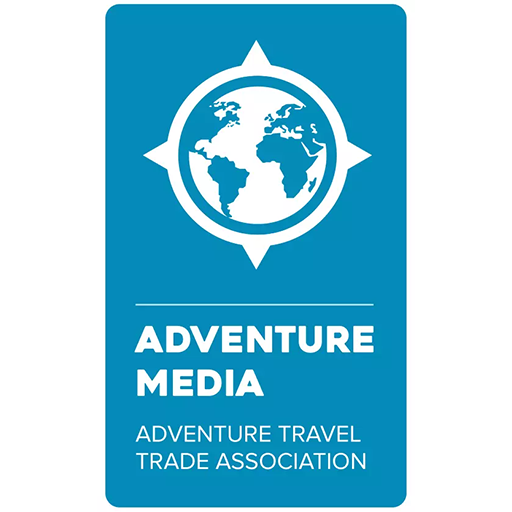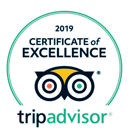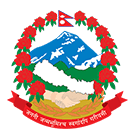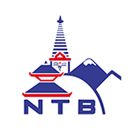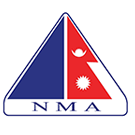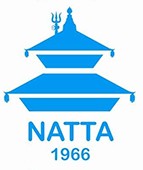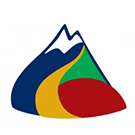Monitoring Health: Guides use oximeters to check clients’ oxygen levels daily, carry a first aid kit, and utilize the Lake Louise Form to monitor altitude sickness.
Communication: They are equipped with local SIM cards and satellite phones for continuous updates.
Emergency Response: In emergencies, they promptly notify the Kathmandu office and CIWEC clinic and are prepared to arrange critical support, including helicopter evacuations for severe medical issues.
Before starting a Kanchenjunga trek, consider these crucial tips and safety precautions:
- Acclimatization: Gradually acclimate to higher altitudes, avoiding rapid ascents.
- Physical Fitness: Ensure good physical condition through regular exercises and training, as Kanchenjunga trekking is demanding.
- Weather Awareness: Himalayan weather is unpredictable; Nepal Sanctuary Treks team check forecasts and prepare for changes.
- Altitude Sickness: Stay hydrated, rest, and avoid alcohol/smoking to prevent altitude sickness. Nepal Sanctuary Treks plans itineraries with ample rest days to aid in acclimatization.
- Hygiene: Maintain good hygiene with hand sanitizer and wet wipes.
- Equipment: Have essential trekking gear: poles, hiking boots, warm clothing, sleeping bag, and backpack.
- Insurance: Obtain proper trekking insurance covering emergency evacuation and medical expenses.
The weather in Kanchenjunga can change unexpectedly. It’s important to be ready for that, no matter the season. Here’s a look at what weather you might experience throughout the year:
| Month |
Temperature (°C) |
Precipitation (mm) |
Weather Conditions |
| January |
-5 to 7 |
30 to 50 |
Cold and dry |
| February |
-3 to 9 |
30 to 50 |
Cold and dry |
| March |
2 to 13 |
50 to 100 |
Mild and dry |
| April |
6 to 16 |
100 to 150 |
Mild and dry |
| May |
9 to 18 |
150 to 200 |
Warm and dry |
| June |
11 to 20 |
200 to 250 |
Warm and wet (monsoon season) |
| July |
12 to 20 |
300 to 350 |
Warm and wet (monsoon season) |
| August |
12 to 20 |
300 to 350 |
Warm and wet (monsoon season) |
| September |
11 to 19 |
200 to 250 |
Mild and wet (monsoon season) |
| October |
6 to 16 |
150 to 200 |
Mild and dry |
| November |
1 to 11 |
50 to 100 |
Cold and dry |
| December |
-3 to 8 |
30 to 50 |
Cold and dry |
Note that temperatures and rainfall can vary based on the location and elevation in the Kanchenjunga region. Check the weather forecast before trekking and pack accordingly.
The tea houses along the trek are generally basic and don’t offer luxury amenities. Wi-Fi is available in only a few tea houses. Showers are typically bucket showers, and squat toilets are commonly used.
Drinking water straight from taps or streams in Kanchenjunga is unsafe. It’s best to use a water purifier or SteriPen. Mineral water is scarce and can be costly on the trail. To help reduce plastic waste, bring a refillable water bottle. Teahouse lodges offer boiled water for a nominal fee.
Nighttime temperatures in the area can reach as low as -10°C (14°F), while daytime temperatures are generally warm. The temperature variations may occur based on the specific month.
The Kanchenjunga Base Camp trek is challenging, requiring excellent fitness due to steep paths, rocky terrain, narrow trails, and altitudes exceeding 5,000 meters. Daily walks are 8-9 hours, and altitude sickness is a significant concern.
However, with proper training, preparation, and the right gear, it can be a fulfilling experience. It’s crucial to book with a sustainable and reliable trekking company offering experienced guides. This trek is meant for experienced and fit trekkers, involving remote, rugged terrain, high mountain passes, and altitude challenges.
Lasting at least three weeks, the trek demands physical and mental stamina, with cold weather at high altitudes. Despite its challenges, it’s a rewarding journey. Ensuring thorough preparation and fitness is essential. For a secure and enjoyable trip, consider reaching out to the travel experts at Nepal Sanctuary Treks.
In the Kanchenjunga region, the food is similar to other trekking areas in Nepal, featuring potatoes, rice, noodles, soups, and seasonal vegetables. Teahouses provide both Nepalese and Western options, such as Dal Bhat, noodles, soups, and momos. Breakfast options include cereals, bread, and eggs. It’s best to avoid meat dishes due to concerns about freshness.
Tea house trekking is popular in Kanchenjunga. Every stop has tea houses for meals and lodging. Some places offer rooms with attached toilets, while higher up, rooms are basic but clean and toilets and showers are outside. Rooms typically have 2 beds, some 3 to 4. Facilities in teahouses during the Kanchenjunga Trek include beds, blankets, and shared bathrooms, varying with altitude and location.
Two permits are essential: the Restricted Area Permit and the Conservation Area Permit. These permits are only granted when there are a minimum of two trekkers. Valid Kanchenjunga trekking permits are mandatory for all trekkers embarking on a journey to the Kanchenjunga region, comprising the Restricted Area Permit and the Conservation Area Permit.
Nepal Sanctuary Treks selects sustainable teahouse lodges run by locals for your trek. These lodges, while simple, provide a communal area with a heating stove and basic bedrooms with mattresses, pillows, and blankets. It’s advisable to bring a 3-season sleeping bag. Facilities include gas-powered showers and flush toilets, with hot showers available for an extra fee.
Annapurna Base Camp Trek in Nepal is considered a moderate trek that doesn’t demand extreme physical fitness. While it doesn’t require high levels of physical fitness, a certain level of endurance is necessary to complete the trek. Compared to other trekking destinations, the risk of altitude sickness is relatively low, and you’ll typically walk for 6-7 hours a day.
We suggest preparing your body for high altitudes with intense training and exercise, ideally starting three months before your trek. Building muscle strength will help you endure long hours of walking, and consistent training will also help you mentally prepare. Consider incorporating short uphill runs into your training routine and focus on improving your breathing.
In case of a medical emergency, helicopters can be used for evacuation from higher altitudes to Kathmandu with better medical facilities. Make sure you have adequate travel insurance that covers emergency evacuations.
The Annapurna Base Camp trek has many water sources for refilling your bottles. However, it’s important to purify the water before drinking, either with purification tablets or a filter. Additionally, teahouse lodges offer boiled water for a small fee.


